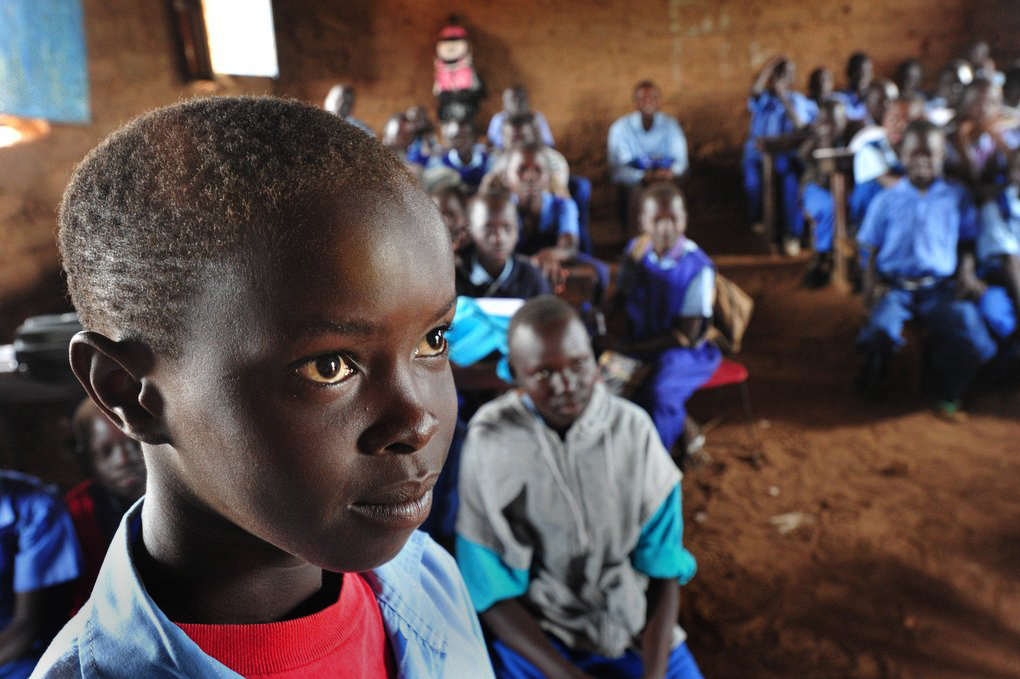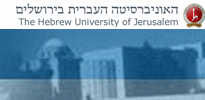Sudan: Sudan Education Profile
2012/04/04

Education is free and compulsory for children aged 6 to 13 years. Primary education consists of six years, followed by three years of middle school and three years of secondary or technical instruction. The primary language at all levels is Arabic. Schools are concentrated in urban areas; many in the South and West have been damaged or destroyed by conflict. In 2001 the World Bank estimated that primary enrollment was 46 percent of eligible pupils and 21 percent of secondary students. Enrollment varies widely, falling below 20 percent in some provinces. Sudan has 19 universities; instruction is primarily in Arabic. Education at the secondary and university levels has been seriously hampered by the requirement that most males perform military service before completing their education.
Girls' education
Traditionally, girls' education was of the most rudimentary kind, frequently provided by a khalwa, or religious school, in which Quranic studies were taught. Such schools did not prepare girls for the secular learning mainstream, from which they were virtually excluded.
Largely through the pioneering work of Shaykh Babikr Badri, the government had provided five elementary schools for girls by 1920. Expansion was slow, however, given the bias towards boys and the conservatism of Sudanese society, with education remaining restricted to the elementary level until 1940. It was only in 1940 that the first intermediate school for girls, the Omdurman Girls' Intermediate School, opened. By 1955, ten intermediate schools for girls were in existence.
In 1956, the Omdurman Secondary School for Girls, with about 265 students, was the only girls' secondary school operated by the government. By 1960, 245 elementary schools for girls had been established, but only 25 junior secondary or general schools and 2 upper-secondary schools. There were no vocational schools for girls, just a Nurses' Training College enrolling only eleven students, nursing not being regarded by many Sudanese as a respectable vocation for women.
During the 1960s and 1970s, girls' education made considerable gains under the education reforms that provided 1,086 primary schools, 268 intermediate schools, and 52 vocational schools for girls by 1970, when girls' education claimed approximately one-third of the total school resources available. Although by the early 1990s the numbers had increased in the north but not in the war-torn south, the ratio had remained approximately the same.
This slow development of girls' education was the product of the country's tradition. Parents of Sudanese girls tended to look upon girls' schools with suspicion if not fear that they would corrupt the morals of their daughters. Moreover, preference was given to sons, who by education could advance themselves in society to the pride and profit of the family. This girls could not do; their value was enhanced not at school but at home, in preparation for marriage and the dowry that accompanied the ceremony. The girl was a valuable asset in the home until marriage, either in the kitchen or in the fields. Finally, the lack of schools has discouraged even those who desired elementary education for their daughters.
This rather dismal situation should not obscure the successful efforts of schools such as the Ahfad University College (now known as the Ahfad University for Women) in Omdurman, founded by Babikr Badri as an elementary school for girls in the 1920s. By 1990 it had evolved as the premier women's university college in Sudan with an enrollment of 1,800. It had a mixture of academic and practical programs, such as those that educated women to teach in rural areas.
Education reform
The revolutionary government of General Bashir announced sweeping reforms in Sudanese education in September 1990. In consultation with leaders of the Muslim Brotherhood and Islamic teachers and administrators, who were the strongest supporters of his regime, Bashir proclaimed a new philosophy of education. He allocated £Sd400 million for the academic year 1990-91 to carry out these reforms and promised to double the sum if the current education system could be changed to meet the needs of Sudan.
The new education philosophy was to provide a frame of reference for the reforms. Education was to be based on the permanence of human nature, religious values, and physical nature. This was to be accomplished by a Muslim curriculum, which in all schools, colleges, and universities would consist of two parts: an obligatory and an optional course of study. The obligatory course to be studied by every student was to be based on revealed knowledge concerning all disciplines. All the essential elements of the obligatory course would be drawn from the Quran and the recognized books of the hadith. The optional course of study would permit the student to select certain specializations according to individual aptitudes and inclinations. Whether the government could carry out such sweeping reforms throughout the country in the face of opposition from within the Sudanese education establishment and the dearth of resources for implementing such an ambitious project remained to be seen. Membership in the Popular Defence Forces, a paramilitary body allied to the National Islamic Front, became a requirement for university admission. By early 1991, General Bashir had decreed that the number of university students be doubled and that Arabic replace English as the language of instruction in universities. He dismissed about seventy faculty members at the University of Khartoum who opposed his reforms.
- Sudan News
-
- BOTSWANA: Routes Africa forum aims to improve African air connectivity
- BOTSWANA: Economic integration is helping boost trade and investment in Africa
- BOTSWANA: Africa’s economic growth is likely to be slower in the intervening years
- BOTSWANA: Beyond Commodities: How African Multinationals Are Transforming
- BOTSWANA: Africa,Protect Refugees With Mobile Banking
- BOTSWANA: African Union merges science and education bodies
- Trending Articles
-
- EUROPEAN UNION: Two Remarks on the Turkey-EU Deal on the Migrant Crisis
- UNITED KINGDOM: Cameron urges Britons to register for EU vote
- CHINA: Macau businessman wants to take companies from China to Cabo Verde
- KAZAKHSTAN: Kazakhstan reveals grain export volumes
- NIGERIA: Nigeria’s e-commerce industry shows growth potential
- QATAR: Abu Dhabi- Doha: Now additional flights on Etihad Airways






.gif?1356023993)






